Frequently asked questions
Company News
- Carved aluminum veneer: a magnificent interpretation of architectural aesthetics
- Customized aluminum veneer, creating a new choice for personalized space
- Aluminum veneer design, creating a new trend of modern space
- The magnificent transformation of aluminum veneer: not just decoration, but also technology!
- Aluminum veneer design is a new trend, with infinite creative space for variation
Industry dynamics
- Aluminum veneer design, interpreting modern spatial aesthetics
- Aluminum veneer customization, creating a unique spatial aesthetic
- Aluminum veneer customization, creating a unique home aesthetic
- Aluminum veneer: a modern interpretation of architectural aesthetics
- Aluminum veneer, the "fashionable coat" of modern architecture
Frequently asked questions
- What are the advantages and characteristics of aluminum veneer?
- How to design curtain walls with aluminum veneer?
- What is the development trend of aluminum veneer in the market?
- What is the production process of aluminum veneer?
- What is the production cost of aluminum veneer? What is the price?
contact us
Mobile:+86 15627778610
Email: 2201229786
Address: No. 5 Binjiang Road, High tech Zone, Zhaoqing City, Guangdong Province
What is the production process of aluminum veneer?
- Author: Jinba Aluminum Industry (Guangdong) Co., Ltd
- Release time: February 21, 2025 00:31:19
- Click:0
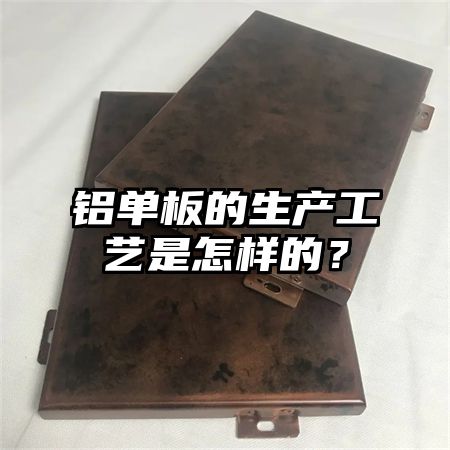
What is the production process of aluminum veneer?
Aluminum veneer, as a new type of decorative material widely used in the construction industry, also has significant production processes. This article will elaborate on the production process of aluminum veneer from four aspects: raw material preparation, processing and manufacturing, surface treatment, and quality inspection.
1、 Raw material preparation
1. Raw material selection: The main raw material for aluminum veneer is high-purity aluminum alloy sheet, usually using AA3003 or AA1100 series aluminum alloys, which have good strength and corrosion resistance.
2. Plate cutting: Select aluminum alloy plates that meet the size requirements, and use an automatic cutting machine for shaping and cutting to ensure the accuracy and consistency of the plate size.
3. Plate cleaning: Clean the cut aluminum alloy plate to remove surface dust and oil stains for subsequent painting and surface treatment.
2、 Processing and manufacturing
1. Forming processing: Aluminum alloy sheets that have been cleaned and processed are stamped and formed using specialized forming machines to produce the desired shape of aluminum veneer, such as flat plates, wavy plates, etc.
2. Edge processing: The formed aluminum veneer is subjected to edge processing, usually by bending or folding, to increase the strength and aesthetics of the sheet.
3. Hole opening: According to specific needs, holes are opened on aluminum veneer for installation and fixation. Common hole processing methods include drilling, punching, and cutting.
3、 Surface treatment
1. Pre treatment: Before applying primer on the surface of aluminum veneer, a series of pre treatments including cleaning, rust removal, and anodizing are required to ensure the flatness and adhesion of the surface.
2. Painting: Painting is carried out by spraying or transfer printing. Generally, painting is divided into two layers: primer and topcoat. The thickness and uniformity of the coating are controlled through the painting process.
3. Drying: Place the coated aluminum veneer into a drying room, and control the temperature and time to fully cure and dry the coating, improving the weather resistance and corrosion resistance of the aluminum veneer.
4、 Quality inspection
1. Appearance inspection: Inspect the appearance of aluminum veneer, including surface flatness, coating thickness, color consistency, etc., to ensure that the product meets the design requirements.
2. Mechanical performance testing: Conduct bending, tensile and other mechanical performance tests on aluminum veneer to evaluate whether its strength and stiffness meet relevant standards.
3. Acid alkali corrosion test: Expose aluminum veneer to an acid alkali solution to observe its corrosion resistance and verify the durability of the product.
5、 Summary:
Through the detailed explanation of the production process of aluminum veneer above, we can see that the production process of aluminum veneer is very precise and complex. From raw material preparation to processing and manufacturing, to surface treatment and quality inspection, every link is strictly controlled. These technological measures not only ensure the excellent quality of aluminum veneer, but also lay the foundation for its widespread application in the field of architectural decoration.

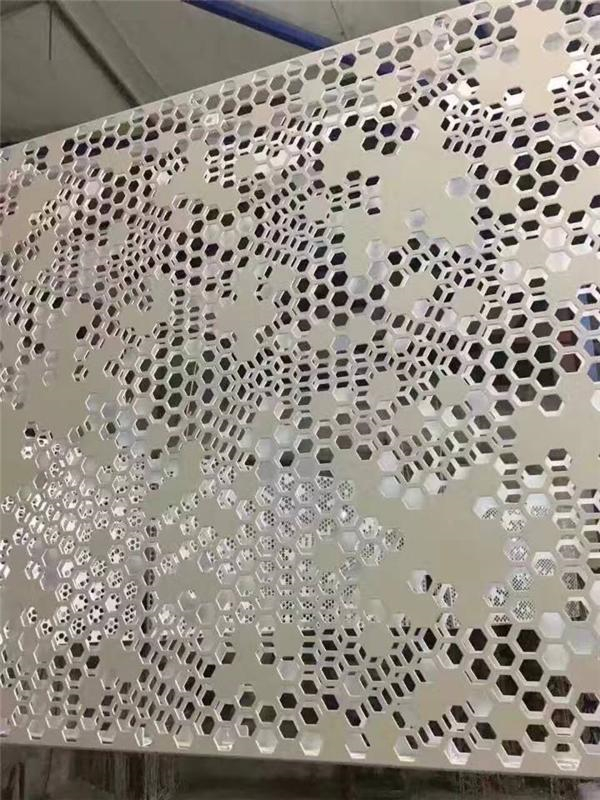
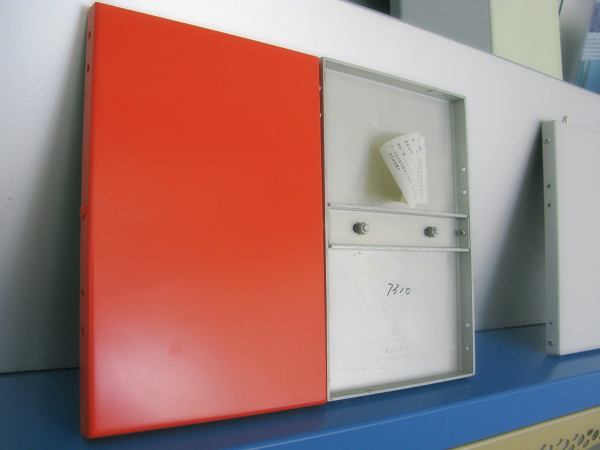
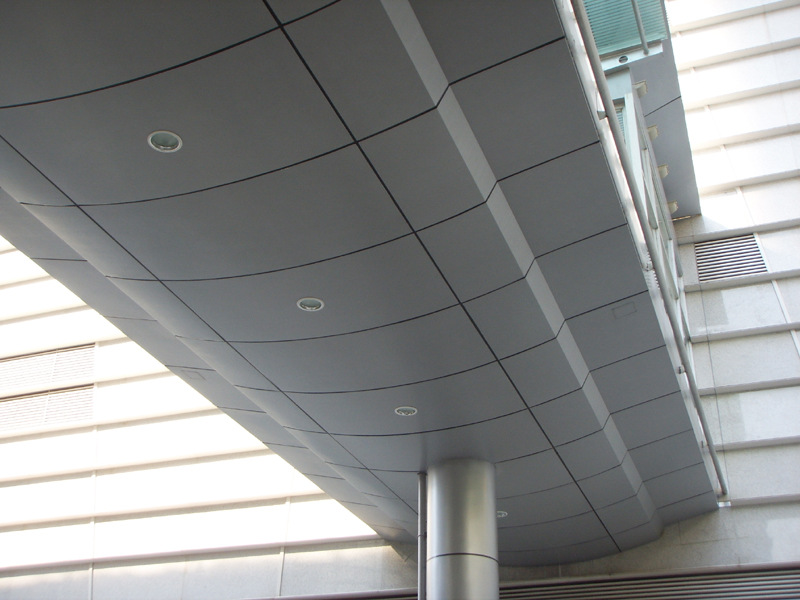
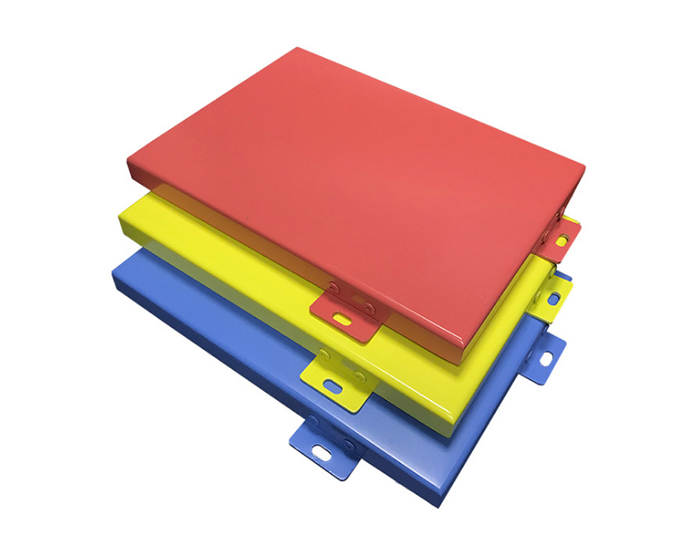
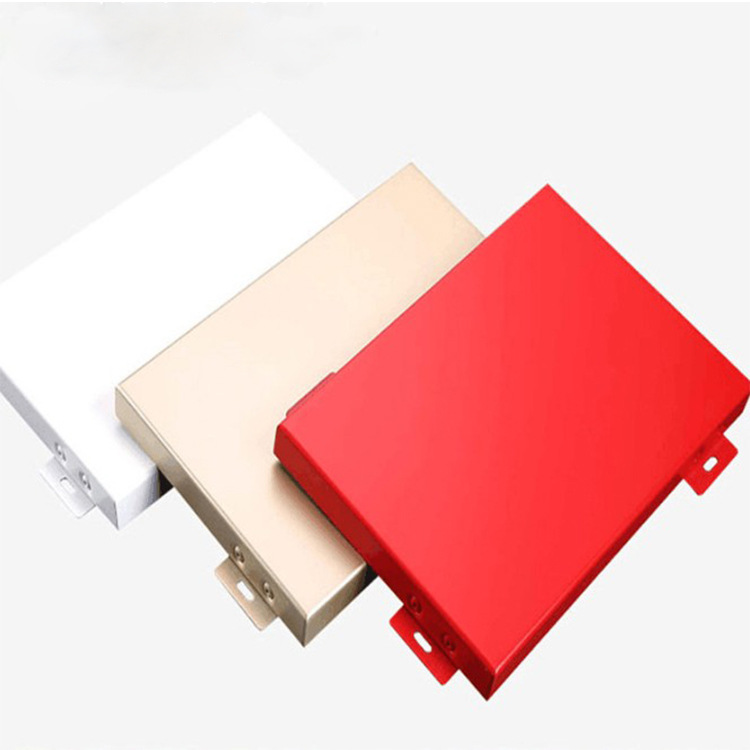
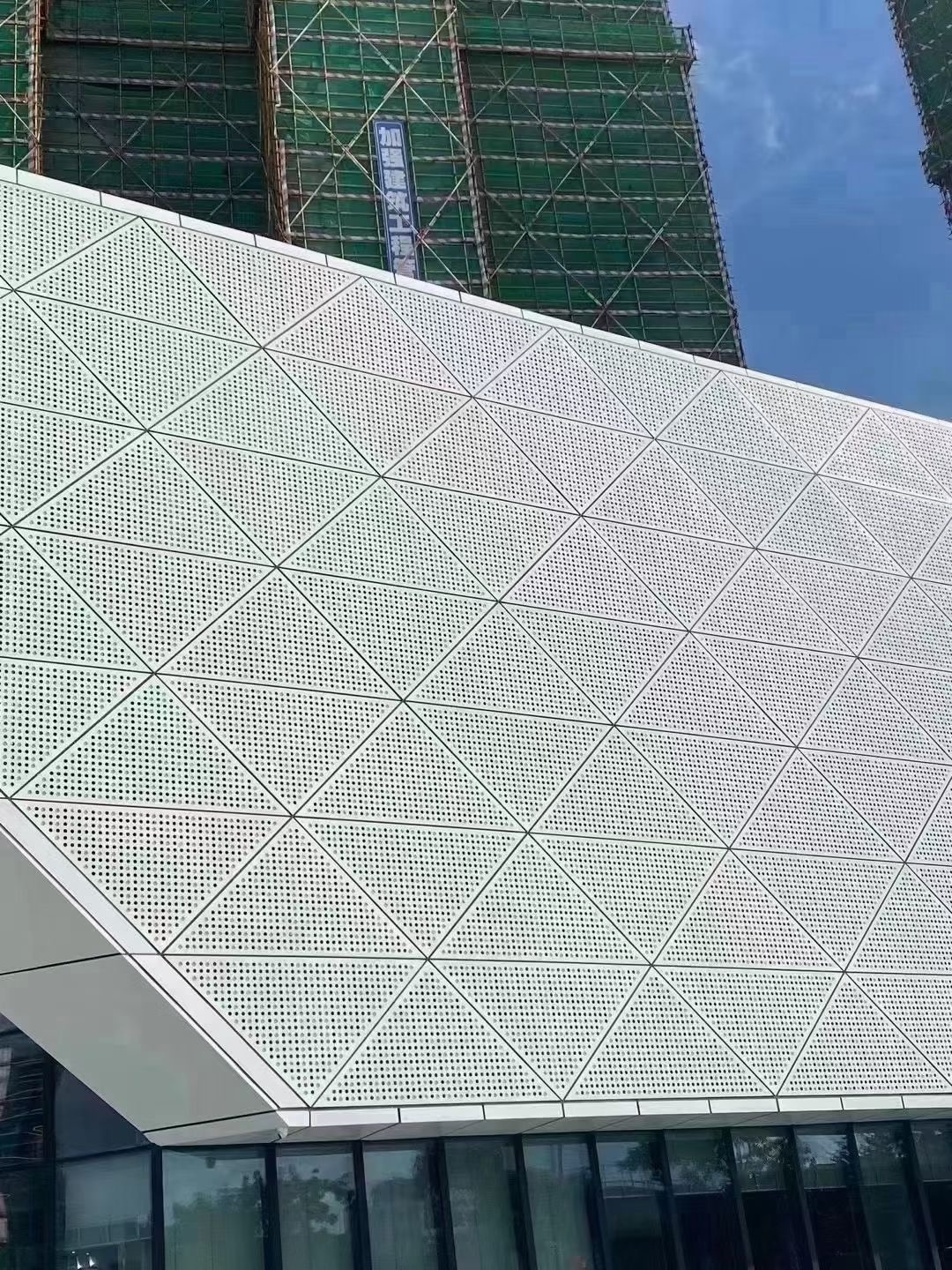
 Customer service QQ
Customer service QQ